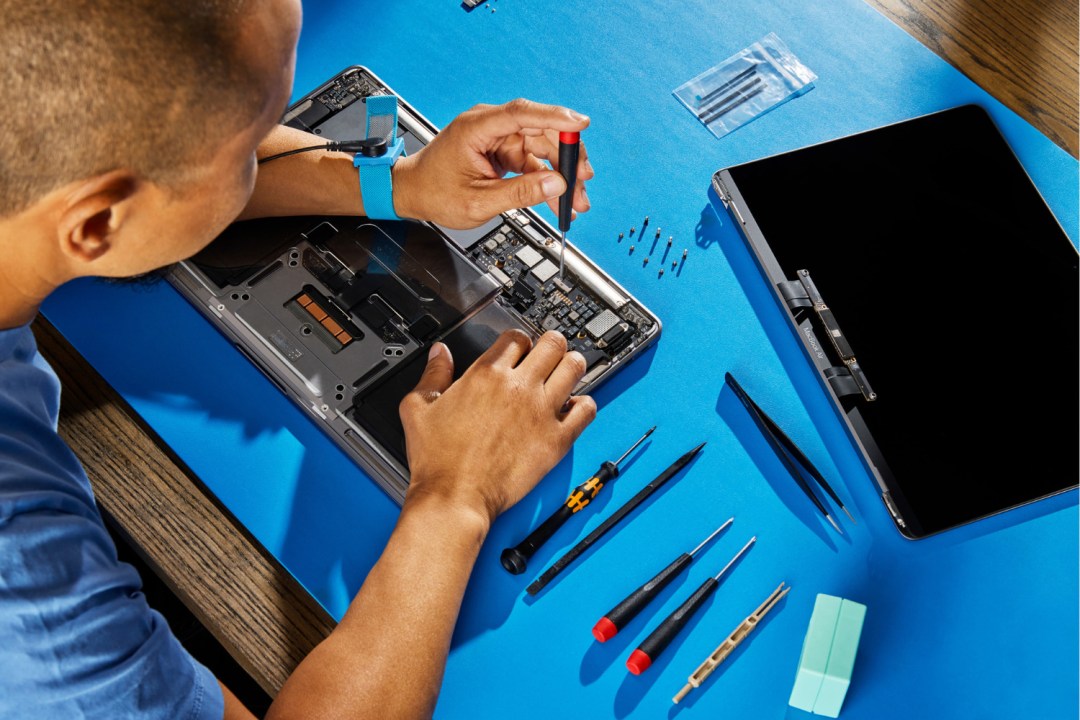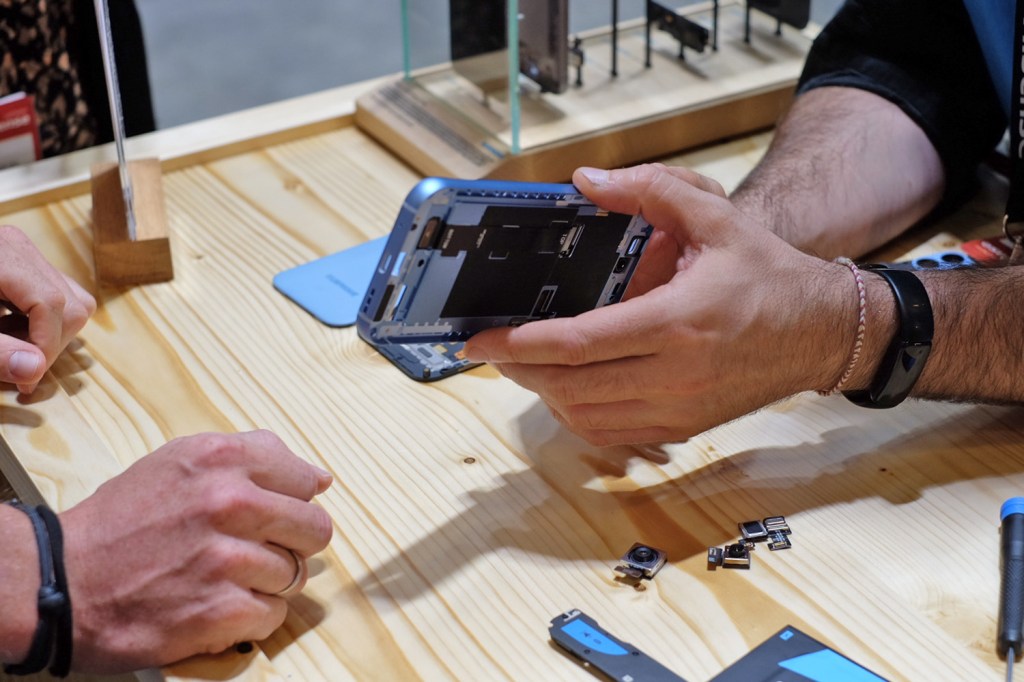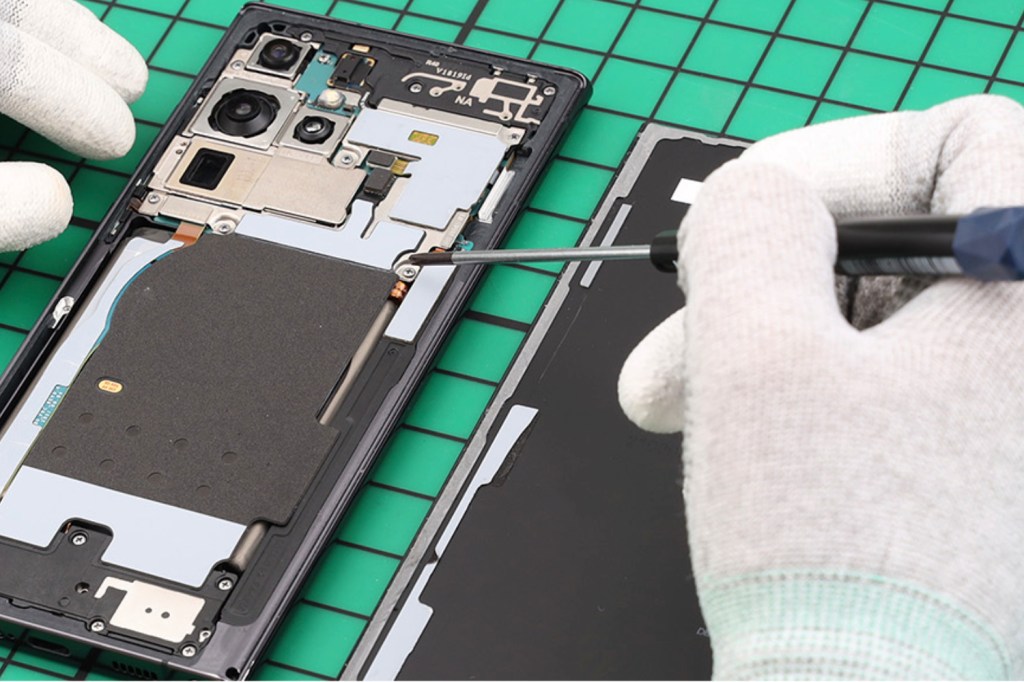Right to Repair explained: should you care about fixing your own gadgets?
Replaced your smartphone's screen? You'll be no stranger to the sting of repair fees. But Right to Repair wants to change that – here's how.

Ever had to replace the screen on your top-of-the-range smartphone? You’ll be no stranger to the sting of repair fees for the top handsets… on top of what you paid when you bought the gadget in the first place. And for bigger devices, it’s only more awkward to have them repaired. But there’s a movement on the way to save you from the pang of repair bills.
Enter the Right to Repair movement. You’ve probably heard it circling around the web, but what exactly is it? Here’s everything you need to know about it, and if repairing your own devices even matters.
What even is Right to Repair?

Imagine you’ve just splurged on the latest smartphone. A few months in, and the screen looks like a spiderweb. Off to the official repair centre you go, only to find out the cost is nearly as much as the phone itself. Enter Right to Repair: a movement advocating for laws that require companies to make their gadgets fixable – by you, your tech-savvy mate, or the local repair shop.
At its heart, Right to Repair is about having the option to fix your electronic devices, whether it’s a smartphone, laptop, or even your coffee machine. The movement champions the idea you should have access to the necessary manuals, parts, tools, and software to undertake repairs either yourself or through a third-party service.
Does repairing your own devices matter?

Repairing your devices should not cost an arm and a leg. It’s about saving your hard-earned cash from big tech companies. You’ve already paid for your device, and now manufacturers can charge whatever prices they want for the repair. It’s not exactly the fairest deal going around – you do own your own device, after all.
It’s also important to consider the environmental impact. Our planet is not a giant dustbin for discarded gadgets, so repairing and reusing electronics can significantly reduce e-waste. Rather than chucking your device away and ordering a new one, being able to get to the insides of your device lets you extend its lifespan. Think of it as giving Mother Earth a bit of a breather.
But is it worth all the fuss? Unauthorised repairs could affect the quality and void warranties. And on top of that, DIY or third-party repairs might lead to safety issues due to improper handling. You know that dodgy friend of your uncle’s that supposedly “good with tech”? Do you really want him trying to fix your phone?
There’s probably a more appropriate middle ground with Right to Repair. Allow authorised third-parties to repair devices rather than individuals. Or you know what, let anyone have a crack at it if they’re brave enough. But alongside all that, keep letting manufacturers charge for repairs (albeit at lower prices). They’re the experts, and it’s often the most convenient option. And that’s what we’ve started to see.
What’s happened so far?

Both Apple and Samsung both offer their own self-repair programs for their most popular devices these days. It allows users or third-party repair centres to purchase parts to fix up devices. Alongside this, they’ll get instructions and all necessary software restrictions removed. It’s a pretty decent offering from both these brands.
And countries are taking things into their own hands with legislation. In the US, some states are waving the Right to Repair flag, pushing for legislation that empowers consumers. While in Europe, the EU is making strides in Right to Repair laws, aiming for a more sustainable future. And the UK is increasingly joining the global conversation on this issue and drafting legislation.
The future is full of self-repairs

The idea behind Right to Repair isn’t just about fiddling with wires and screens; it’s to give consumers more options for their devices. We’re probably going to end up with some form of middle ground, which is a better option for all those involved. But the future is likely going in the direction of giving you the opportunity (and the right parts) to repair your own devices. Now, pass me that screwdriver.


